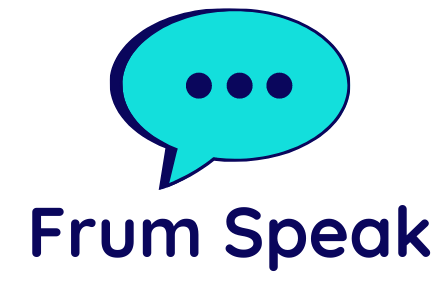New York City’s new congestion pricing system brought in $215.7 million over its first four months, even as the Trump administration pushes to halt the program.
Beginning January 5, most drivers entering Manhattan below 60th Street during peak hours have been required to pay a $9 fee. By the end of April, those tolls had brought in revenue nearly matching the Metropolitan Transportation Authority’s projection of $217 million. The MTA, which oversees the city’s public transit, expects the toll will net around $500 million in 2025 after expenses.
This marks the first congestion toll of its kind in the United States. The initiative faced a serious challenge earlier this week from US Transportation Secretary Sean Duffy, who warned the MTA that his agency might start pulling back federal approvals or funds as early as May 28 unless the program was stopped. But on Tuesday, US District Judge Lewis Liman issued a temporary order blocking the federal government from intervening until at least June 9, as he considers the legality of such a move.
The court’s decision gave the MTA a temporary but crucial victory. The agency insists it cannot proceed with its financial plans without the tolls, which are expected to support a major bond issuance—projected to raise $15 billion—for future infrastructure and modernization projects.
Duffy has voiced strong opposition to the initiative, arguing that “the toll hurts working-class families and small businesses.” In February, he overturned a green light issued by the Biden administration for the program, citing the absence of a no-cost route for drivers.
The tolling program was introduced to reduce vehicle volume in one of the world’s most gridlocked urban centers, improve air quality, and fund much-needed upgrades to the city’s aging transit infrastructure.
And it appears to be achieving that goal. Since the toll began, the number of vehicles entering the core of Manhattan—including two non-tolled expressways within the same area—has dropped by 8.1 million, or roughly 11% on average per day, according to the MTA.
Public sentiment toward the toll is improving as well. A Siena College survey conducted May 12–15 showed that 39% of registered New York voters now support the initiative, up from 29% in December.
{Matzav.com}
Category:


Recent comments